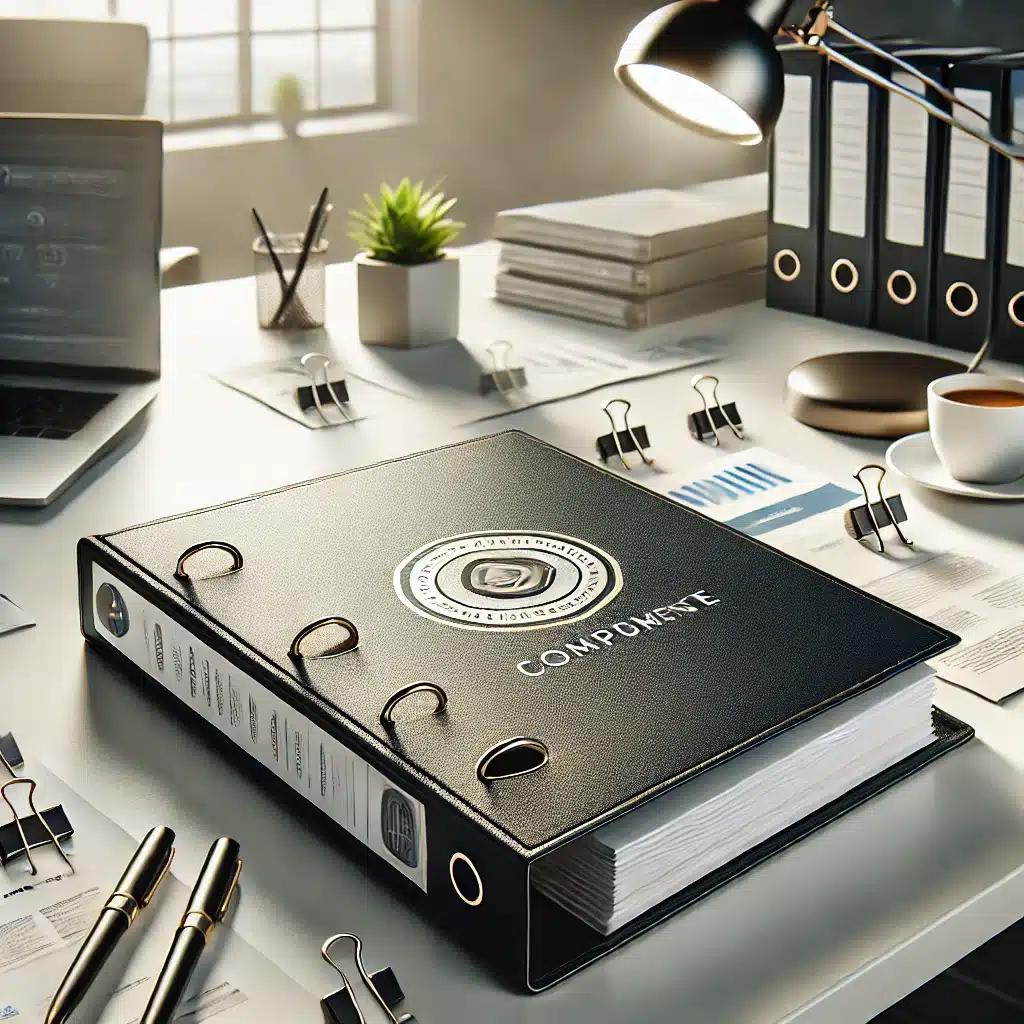
Ready to see your written creation come to life? With custom single book printing, you can hold a physical copy of whatever you’ve made in your own hands.
Novelists, biographers, historians and academics, journalists, photographers – all these and more love single book printing. Printing a single book works as a proof of concept for you, your brand, and would-be buyers. It solidifies the idea that you finished something, that it’s ready for the world.
But how should you go about the custom single book printing process? Here are X tips on pulling it off without a hitch.
1. Choose the Right Paper
If cost is a major factor for you, the paper you select is probably the most important part of this process. However, paper also adds a lot to the experience of interacting with your book. That means you shouldn’t go for the cheapest possible route – otherwise, it may not make the impression you’re hoping for.
The easiest way to choose your paper is to think about the purpose of the book itself. Will people be reading intently, page after page? Will they be flipping through it quickly only to appreciate imagery? Is it a children’s book that needs to be as durable as possible? Answering these questions will help you determine how thick, thin, coated, or glossy your pages should be.
2. Consider the Size When Custom Single Book Printing
Where will your book live? On a shelf, on your desk, in a child’s room, on the coffee table? If you or someone else ends up reading it in bed, will it fit easily in their hands?
The size of your book is extremely important and directly tied to its intended use. Just like the type of paper you choose, the size will determine both its total cost and its effectiveness. Even slight reductions in its size can cut down on costs significantly, and the inverse is true as well.
3. Bind and Cover Intelligently
Perfect binding, spiral binding, saddle stitching, and more. If you’re simply printing a manuscript or something you don’t plan to keep forever, going with something simpler like spiral binding might work well for your needs. But if your custom printed book should last for years to come, you might want to go with perfect binding – gluing the pages to its binding.
The cover is also critically important. While one should never judge a book by their cover, most people do – even by accident. If you want to show a publisher what your finished novel will look like in print, you might want to spend a little extra on its cover. The same goes for if it’s simply something you want to keep as your own personalized treasure.
4. Be Mindful of Design for Your Custom Single Book
Your book printing project shouldn’t be slapped together haphazardly. Instead, you should carefully choose the typeface, point size, page count, cover image, and more.
Custom book design may seem somewhat unnecessary if you’re only printing one. But if it’s supposed to act as a proof of concept, you want the layout to speak for the content and quality of the book itself. And remember, the file types should be appropriate for your custom single book printing partner. That way, they can proof your designs before printing your book.
Want to learn more about the custom book printing process? Reach out to the team at Linemark to get started.

 07/07/2022
07/07/2022  Aaron Dunn
Aaron Dunn


